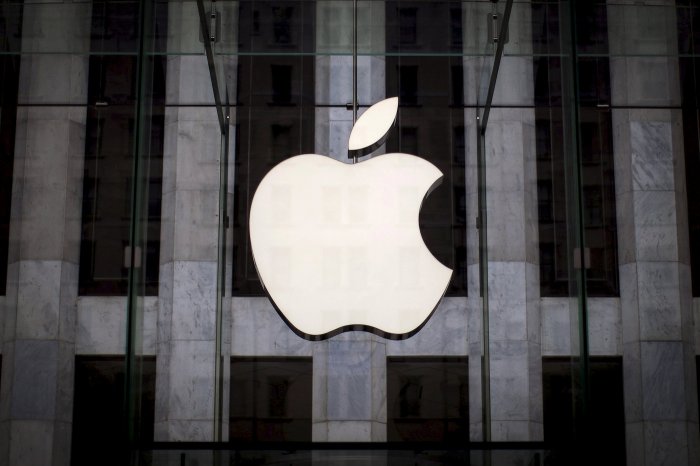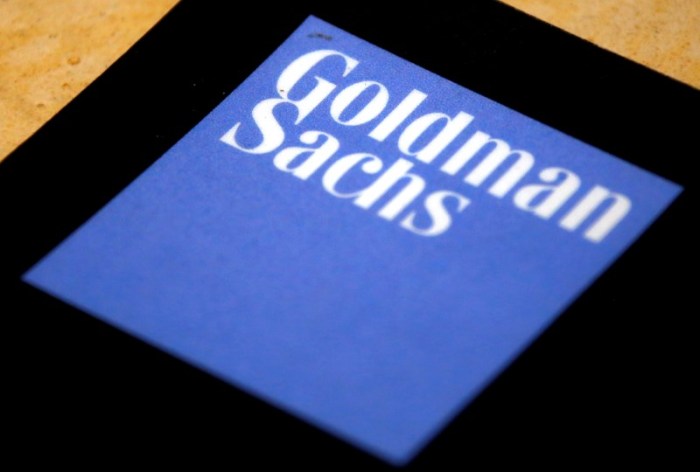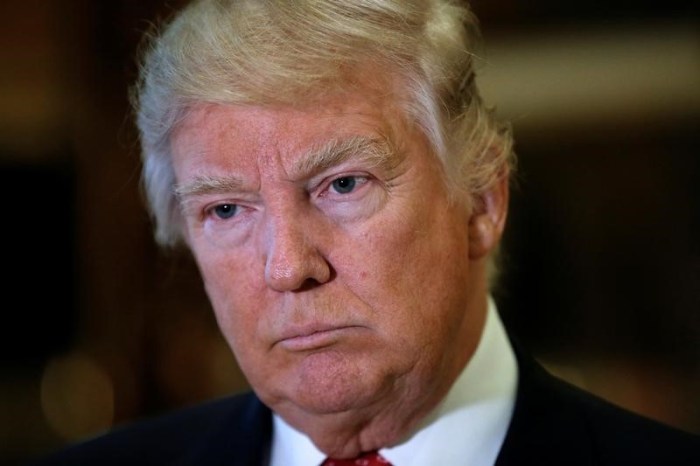By Mike Dolan
LONDON (Reuters) – A slump in long-term interest rates since Britons voted to quit the European Union is the clearest financial market verdict on the global impact of ‘Brexit’ – yet another body blow to world growth that may now need a game-changing policy response. With many governments now able to borrow for next to nothing for decades into the future, economists this week called on them to stop leaning on exhausted central banks and use record cheap borrowing costs to kickstart a revival of moribund private sector investment and at least try to reboot the world economy. For many elected officials worried about their jobs, the big message from Brexit is that years of stagnating real wages for the bulk of the population has finally led to the sort of popular rejection of the status quo unthinkable only a decade ago. While extraordinary central bank easing since the credit crash may well have prevented a more sudden and painful fracture with voters, critics argue that it just amplified many of the problems by reflating asset booms that only exaggerated wealth inequality on top of already yawning wage gaps. EVAPORATING RATES
Yet the enduring legacy of years of zero and even sub-zero interest rates and extensive bond buying is that governments can now borrow a record low cost for decades – if only they were prepared to spend and invest the proceeds. Worries about world growth, demographics and deflation didn’t start and won’t end with Brexit, of course, but the eye-popping slide in sovereign bond yields since the June 23 referendum is now alarming in what it says about the health of the world economy 10 or even 20 years into the future. In the latest swoon, 10-year UK government bond yields have plummeted more than half a percentage point to record lows of just 0.80 pct. And Her Majesty’s Treasury can now borrow for 50 years at just 1.38 percent. The bond market appears to be saying it now cannot see a recovery strong enough to lift inflation to target over the remainder of most of our working live.
And gilts are not alone.
At 1.38 percent, 10-year U.S. Treasury rates have never been lower – even though they’re still the highest of the Group of Seven top economies. Thirty-year U.S. yields have lunged to their lowest since the rock and roll years of the 1950s. And yet these are the ‘high’ growth, ‘high’ yield countries of the rich world. In other top economies, investors are effectively paying governments for the chance to lend to them for up to a generation. Switerland’s entire government yield curve out to 50 years is now in negative territory. Japan’s is negative out to 15 years and Germany’s out to 10 years. According to JP Morgan, 36 percent of the entire universe of government bonds, a record $10 trillion worth, is now trading with negative yields. Corporate bonds worth close to a $1 trillion have sub-zero yields, too. BALLOT BOX REBELLIONS
So should governments fearful of ever greater political upheaval from disaffected electorates act more directly to break the low-growth cycle fomenting ballot-box rebellions?
To be sure, fiscal policy has been loosening gradually this year across the major economies, according to HSBC. Growth in government spending globally in 2016 was already set to be the fastest since 2009’s coordinated G20 push even before June 23. “One way or another, we suspect fiscal policy will likely have a larger role to play in many countries from here,” wrote HSBC’s Global Chief Economist Janet Henry. “But not just any fiscal stimulus will do.” Henry warned that governments had to make sure budget adjustments either made long-lasting structural reforms or that they led to higher public investment that would then raise productivity and encourage the private sector to follow Otherwise, “they will never meet the long-term nominal growth rates required to start to lower debt burdens”. The combination of “higher debt-to-GDP ratios and persistently higher taxation would be a permanent drag on growth,” she said. JP Morgan economist Jan Loeys reckons the economic and political rationale for fiscal stimuli is now compelling.
“Growth remains at snail’s pace. It is not making voters happy; they are clamoring for better,” he wrote. “Monetary policy has done a heroic job keeping the world economy afloat, but it does not have much left to give. It is probably time to pass on the baton to fiscal policy.” Loeys reckons the weight of the current global savings glut on borrowing rates, the lack of capital investment from private firms and the poor state of public infrastructure all outweigh fears about government inefficiency or of it ‘crowding out’ of the private sector. A widely accepted failure of the market to provide financing for long-horizon projects of 25 years or more is one obvious gap governments should start to fill, he said. “Fiscal spending can get the ball rolling, forcing the private sector to follow.” (Editing by Larry King)
Global bond burn from Brexit may now force fiscal response

By Mike Dolan


















